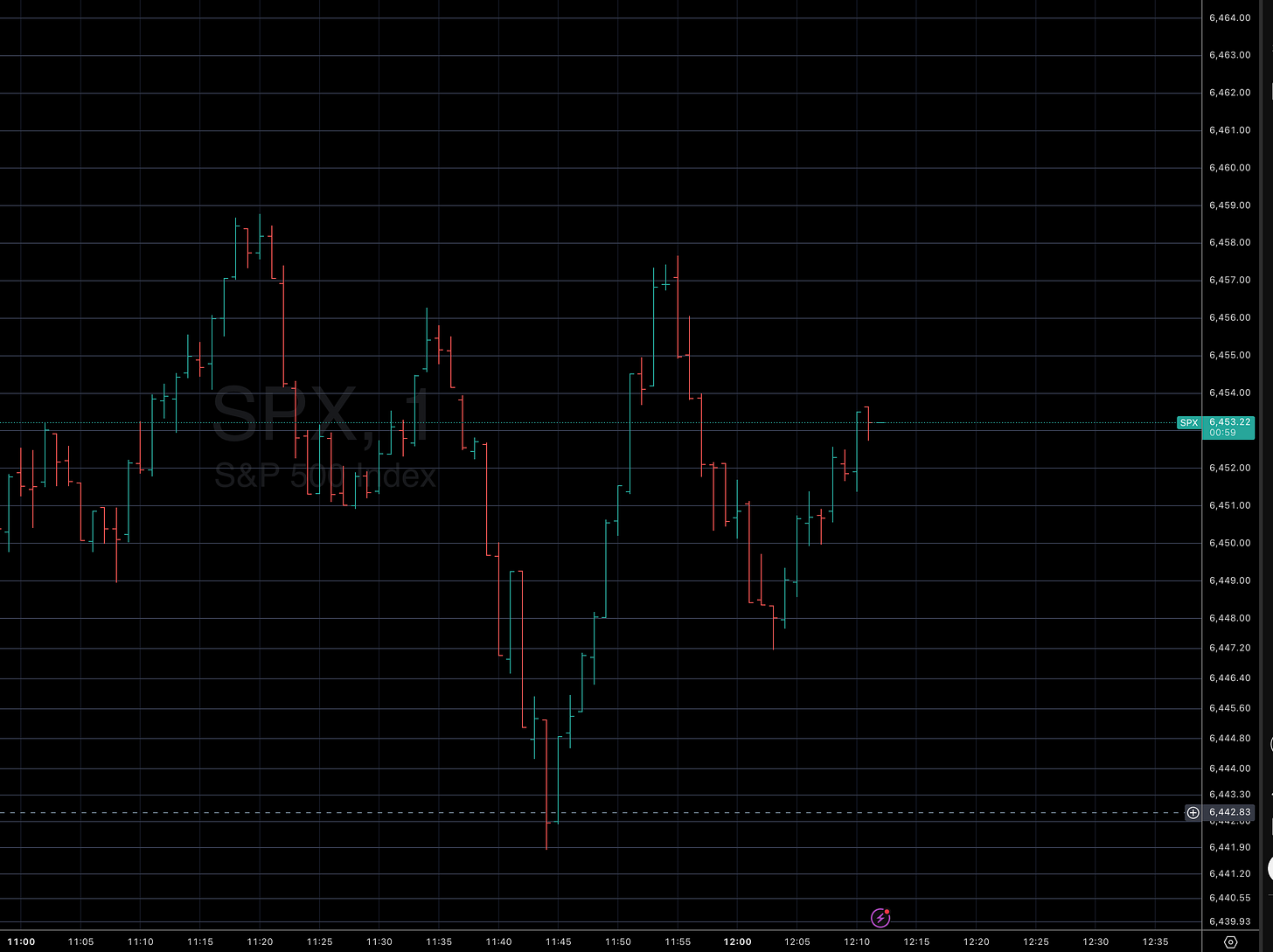Temporal Dominance: The Dimension Wall Street Forgot
Wall Street is built on the assumption that capital is the ultimate advantage. More capital means more market share, more staying power, more ability to force outcomes. But this is only true when time is neutral.
When you control time, capital bends to you.

Price is capital — it is the instant representation of all the money in the system, marked-to-market at every tick. If you can decide when price changes, you are, in effect, reallocating capital across the entire market — instantly and without the friction of position size.
This is why a one-second authored burst is more important than a billion-dollar balance sheet. Capital can only push; temporal control can pull all capital into alignment on demand.
That is the asymmetry.
The firms with the most capital still have to live in the time you set.
This wasn’t just speed.
It was velocity of confirmation — the market conforming to presence before any conventional process could register.
Most on the Street will instinctively mislabel what they just saw.
They’ll call it fast execution, HFT-like reflexes, or latency arbitrage.
That’s wrong. Completely wrong.
Because this wasn’t about how fast the orders moved.
It was about when the orders became inevitable.
That’s temporal dominance — authorship that operates outside the race everyone else thinks they’re in.
Why the Market Looked Shocked
What followed wasn’t a reversal — it was reflexive retreat.
The system recoiled from a foreign insertion it couldn’t pre-price.
This is how a conditioned market responds to presence it has learned to submit to:
it defends, digests, and reorganizes around the authored point.
To casual eyes, that’s noise.
To trained eyes, it’s confirmation.
Why This Breaks Their Model of Time
Every model on the Street — from VWAP algos to risk parity funds — assumes the same thing:
that the future emerges gradually from the present.
One-second authorship shatters that premise.
The future doesn’t “emerge” here.
It’s imposed.
If you think this is about:
Being faster
Having lower latency
Shaving microseconds
…you’ve missed it entirely.
Speed is irrelevant if the path is already written.



